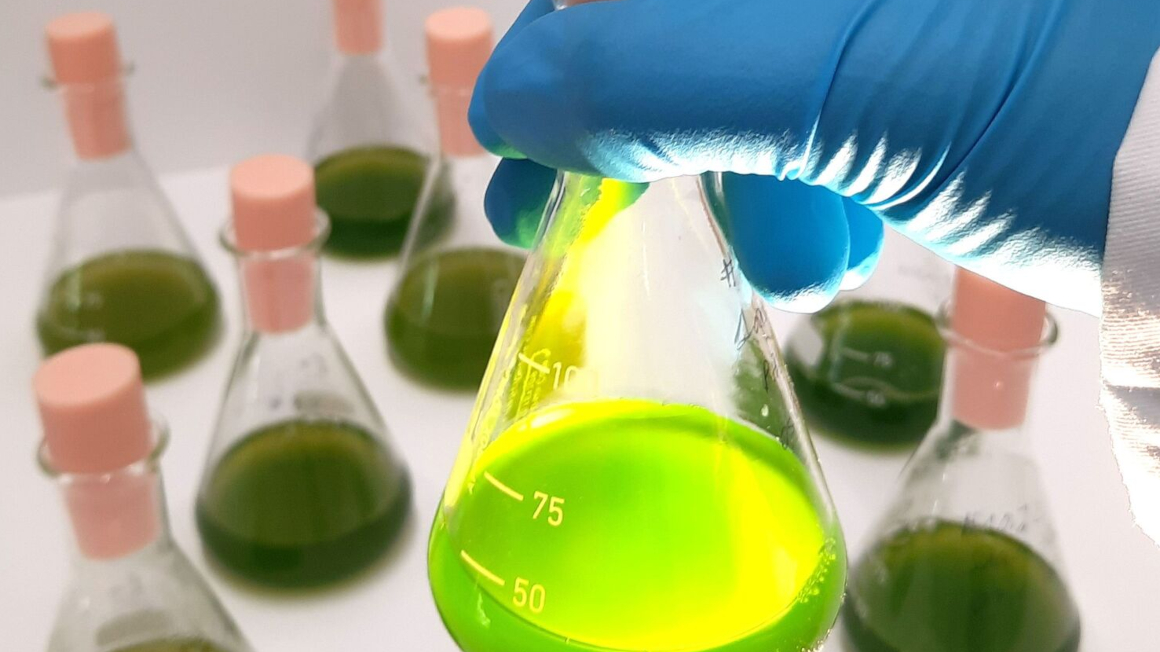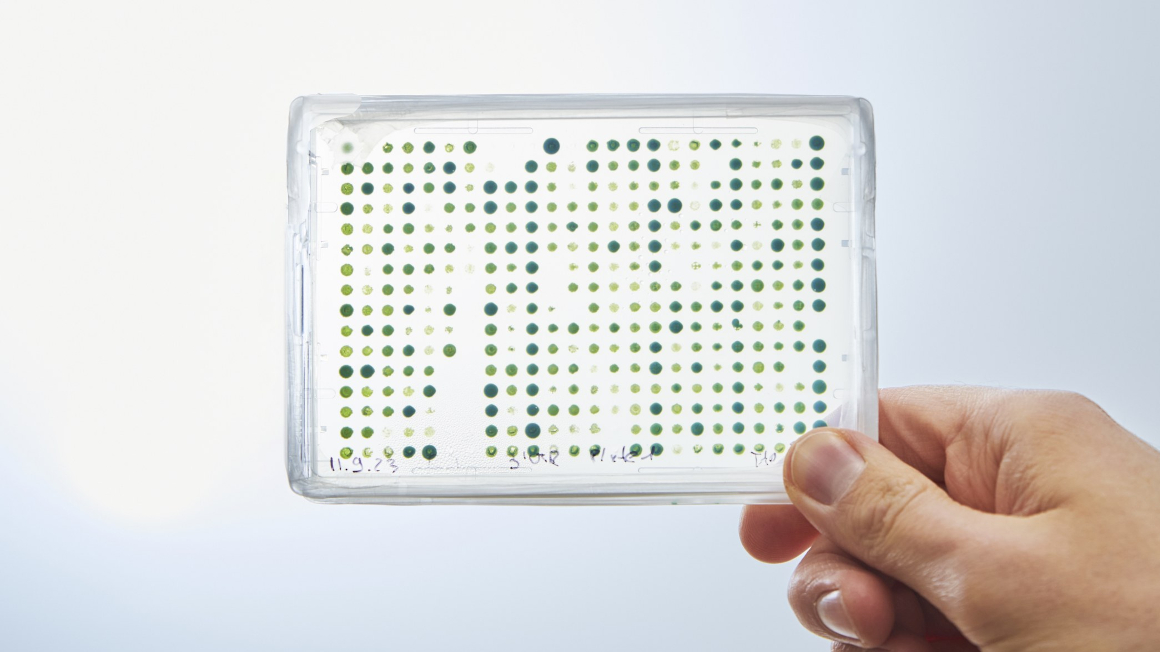A guide to algae cultivation
How can the green algae Chlamydomonas reinhardtii be reliably cultivated in the laboratory? - A handbook by researchers from Bayreuth and Göttingen provides answers.

The green alga Chlamydomonas reinhardtii is a well-known model organism, especially in molecular biology. Here, the unicellular organism is used to research photosynthesis in living cells, metabolism and protein transport. The alga is also becoming increasingly important as a biofactory for the production of hydrogen. However, the cultivation of C. Chlamydomonas in the laboratory has its pitfalls. A research team led by Oliver Bäumchen from the University of Bayreuth and Maike Lorenz from the Algae Collection at the University of Göttingen now provides a step-by-step guide to the reliable cultivation of the coveted model organism.
Light-sensitive alga requires customised solutions
The difficulty in cultivating the green alga results primarily from its light sensitivity and mobility. Compared to other model organisms, C. Chlamydomonas is not only dependent on special temperature and atmospheric conditions, but also on a special lighting environment adapted to its daily rhythm, the researchers write. Customised solutions are therefore required to successfully propagate the unicellular alga in the laboratory.
According to the study, a prerequisite for successful algae cultivation is the precise characterisation of the cell shape, the growth of the cell population and the mobility of the cells. To do this, the researchers use microscopic methods in combination with computer-aided image processing specially developed for this purpose.
Manual and open source software freely available
The manual on green algae cultivation in the laboratory has been published in the online journal Nature Protocols and is freely available to all researchers. It also describes sources of error during cultivation and tips for solving them, as well as ways of cultivating related microorganisms and genetically modified cell strains. Last but not least, the research team also provides the algorithms and computer codes they use as freely accessible open source software.
bb


